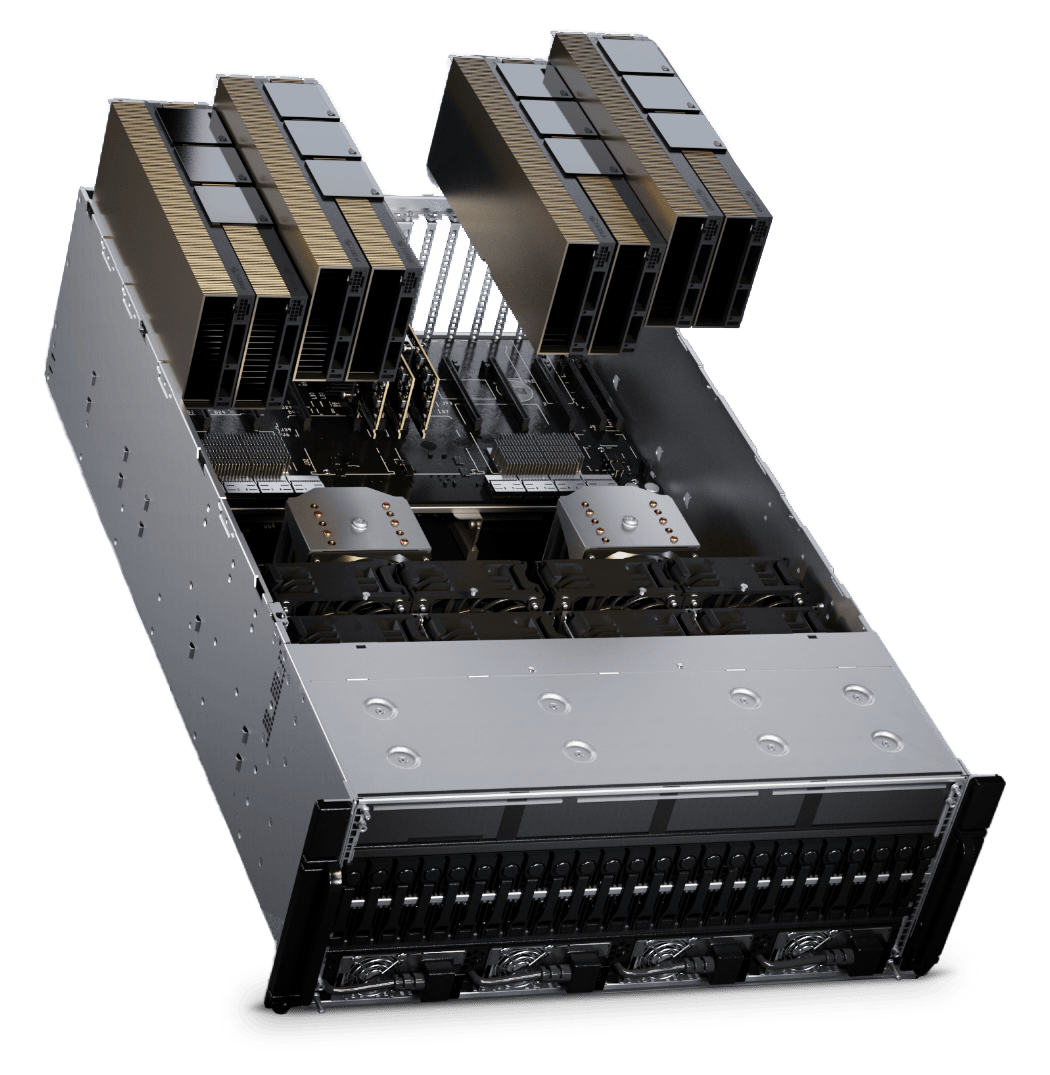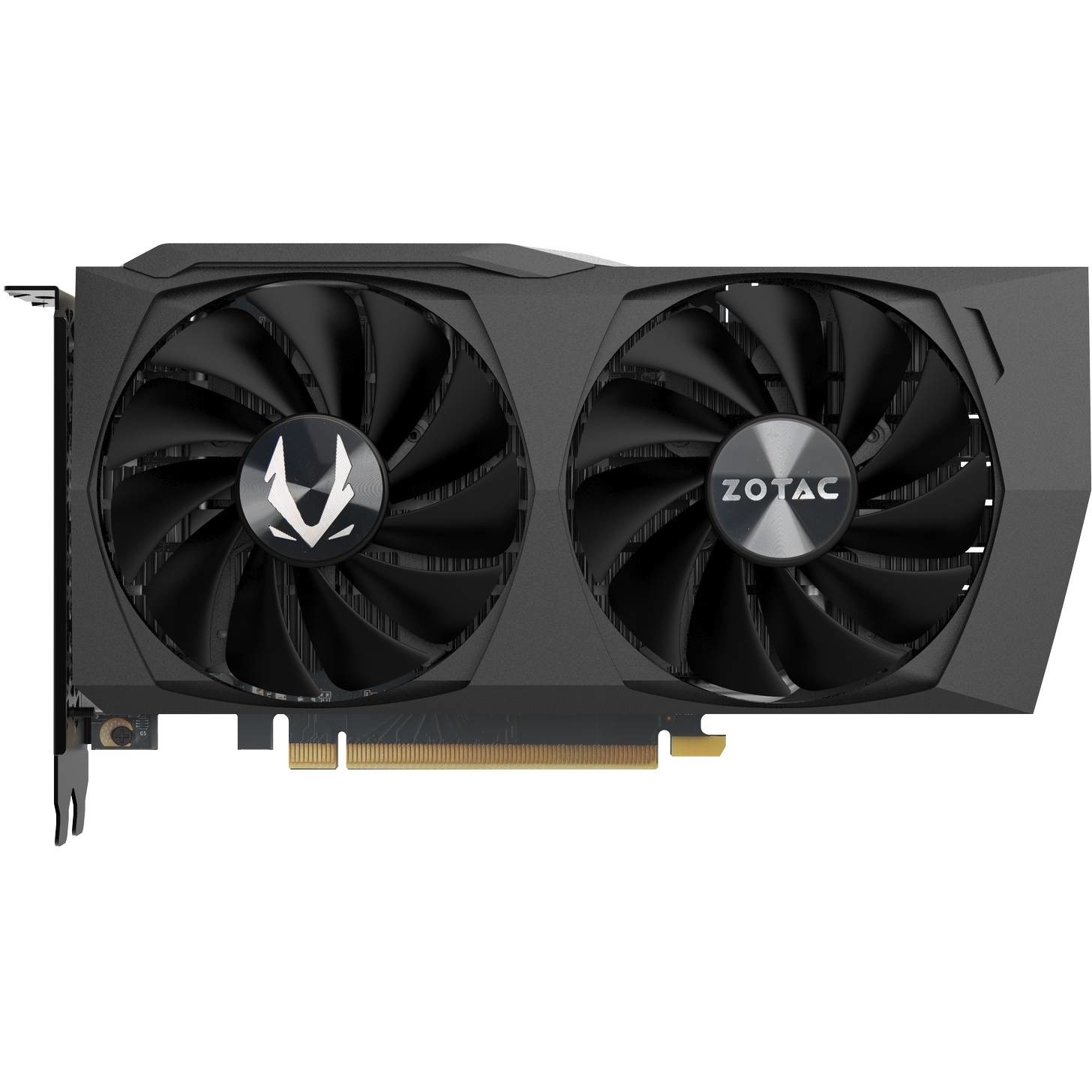RTX 3050 8GB ZOTAC Gaming ECO GDDR6
Zotac Product ID: ZT-A30500K-10M
Need Assistance? Contact our experts
Available Monday to Friday, 09:00 - 17:30 hours
Product specifications are not available at this time.
GPU Computing
Achieve Computational Breakthroughs Through Our GPU Solutions
GPU computing utilizes graphics processing units for more than just
rendering visuals, capitalizing on their ability to execute multiple tasks in parallel. Boasting
thousands of cores, perfectly suited for handling complex, large-scale data sets and repetitive
tasks efficiently.
This parallel processing capability is key for a broad spectrum of applications, from
scientific simulations and data analysis to machine learning and graphics design. By working in
tandem with CPUs, where the GPU takes on the heavy lifting for compute-intensive tasks, processing
speeds are greatly enhanced.
Such a collaborative approach has cemented GPU computing as an essential component of
high-performance computing (HPC) environments, particularly for powering AI-driven tasks and
analyses in various fields. This synergy not only speeds up computations but also expands the
potential for groundbreaking discoveries and innovations across industries.

NVIDIA GPU A100
The NVIDIA A100 80GB Graphic Card is a highly advanced GPU designed for the most demanding computational tasks.
| Feature | Specification |
|---|---|
| CUDA Cores | 6912 |
| Memory | 80 GB HBM2e |
| Memory Bus Width | 5120 bit |
| Multi-GPU Technology | NVLink |
| API Supported | OpenCL, OpenACC, DirectCompute |
| Number of GPUs | 7 |
| Host Interface | PCI Express 4.0 x16 |
| Power Supply Wattage | 300 W |
| Power Connector | 1x 8-pin |
| Cooler Type | Passive Cooler |
| Form Factor | Plug-in Card |
| Platform Supported | PC, Linux |
| Environmental Certification | RoHS |
| MPN | 900-21001-0020-100 |
Collaboration GPU & CPU
In GPU computing, the CPU oversees the program while offloading tasks to the GPU that are suited for parallel processing, such as:
Complex mathematical computations and numerical simulations
Advanced image and video processing tasks
Extensive data analysis involving large datasets
The GPU steps in to manage specific operations, distributing them across multiple cores for simultaneous execution, thus enhancing overall processing efficiency.
7 Benefits of GPU Computing
GPU computing delivers key advantages across various sectors, highlighted as follows:
With thousands of cores, GPUs excel at parallel processing, handling numerous calculations at once.
This technology speeds up the analysis of complex workloads, crucial for time-sensitive tasks like medical imaging or financial trading.
Scaling GPU solutions is straightforward; adding more GPUs or clusters expands system capabilities efficiently.
Accelerates AI model training, enabling the development of sophisticated AI applications.
Vital for producing high-quality 3D graphics and visual effects in gaming, simulations, and virtual reality.
Compared to CPU-only systems, GPUs achieve similar computational power more economically, reducing hardware and energy costs.
Incorporating GPUs into HPC clusters significantly enhances their calculation speed, essential for demanding computational tasks across various sectors.
Programming Models and Memory Management
Developers leverage GPU programming models to utilize its parallel processing, with popular frameworks including:
CUDA: Nvidia's platform for parallel computing, offering tools and libraries
ROCm: AMD's open-source platform for GPU computing
SYCL: A C++ framework for developing applications on GPUs
OpenCL: An open standard that supports parallel programming across different brands
GPUs feature a unique memory hierarchy to manage data efficiently, transferring it from the CPU to the GPU's memory to minimize latency and maximize performance.


• Images on the website may differ from the actual product.
• Published prices in the store are subject to change and may vary based on market conditions and inventory availability.








